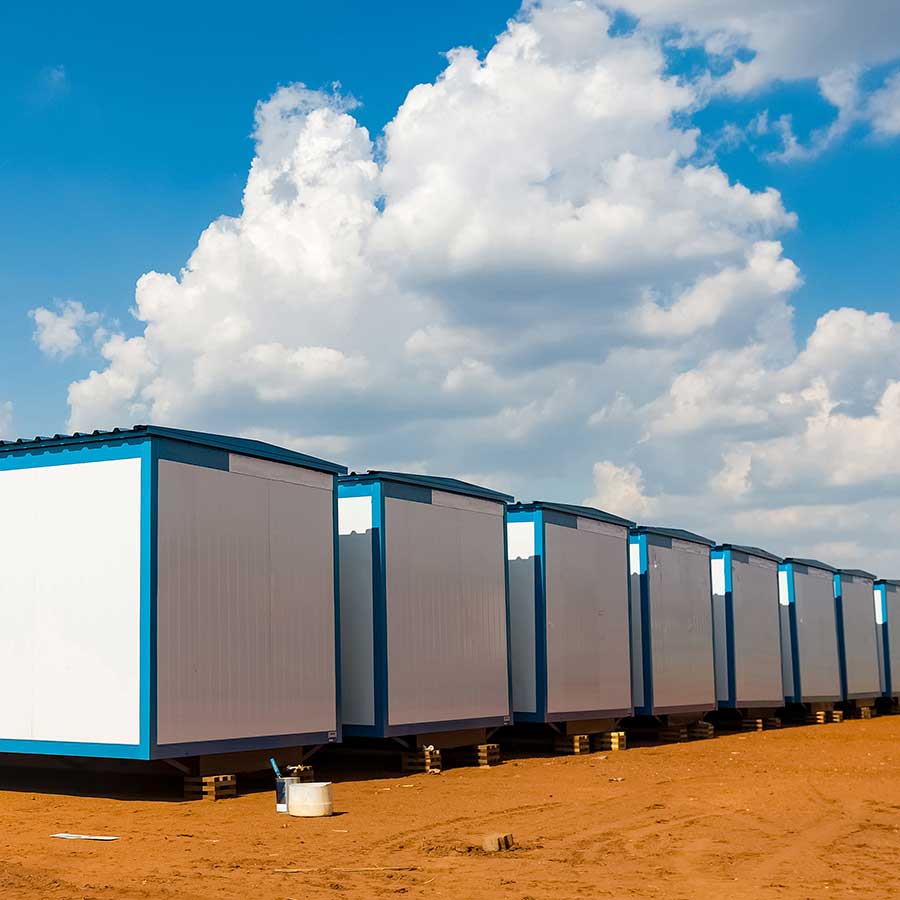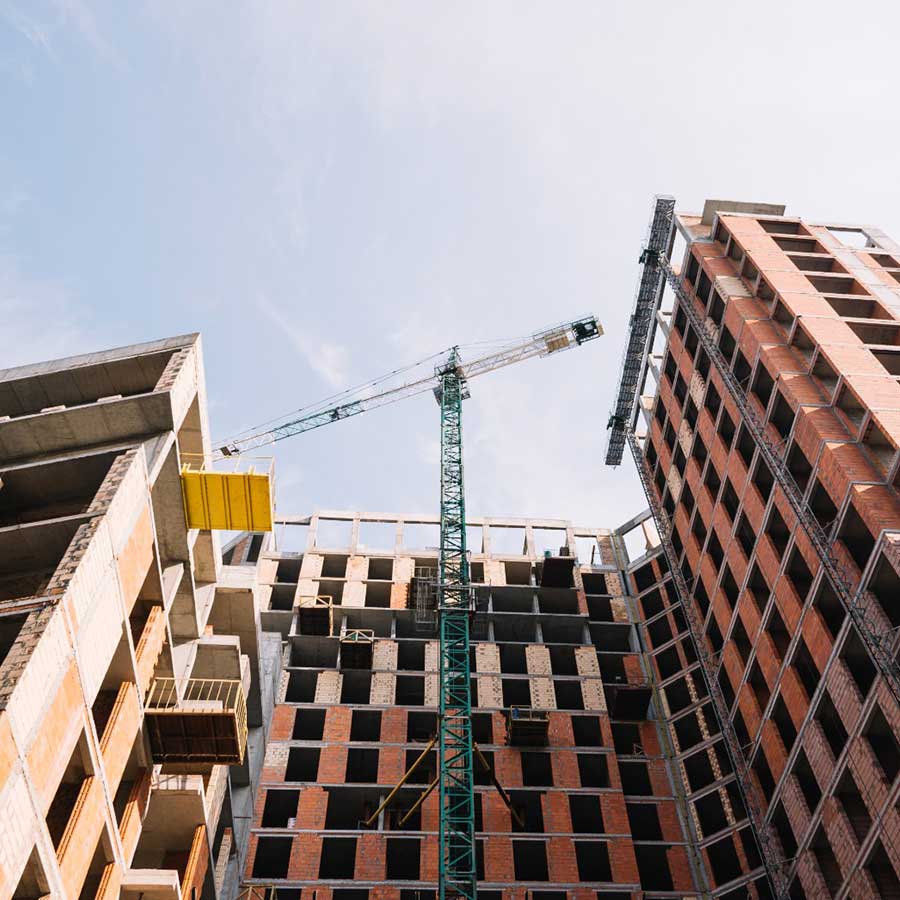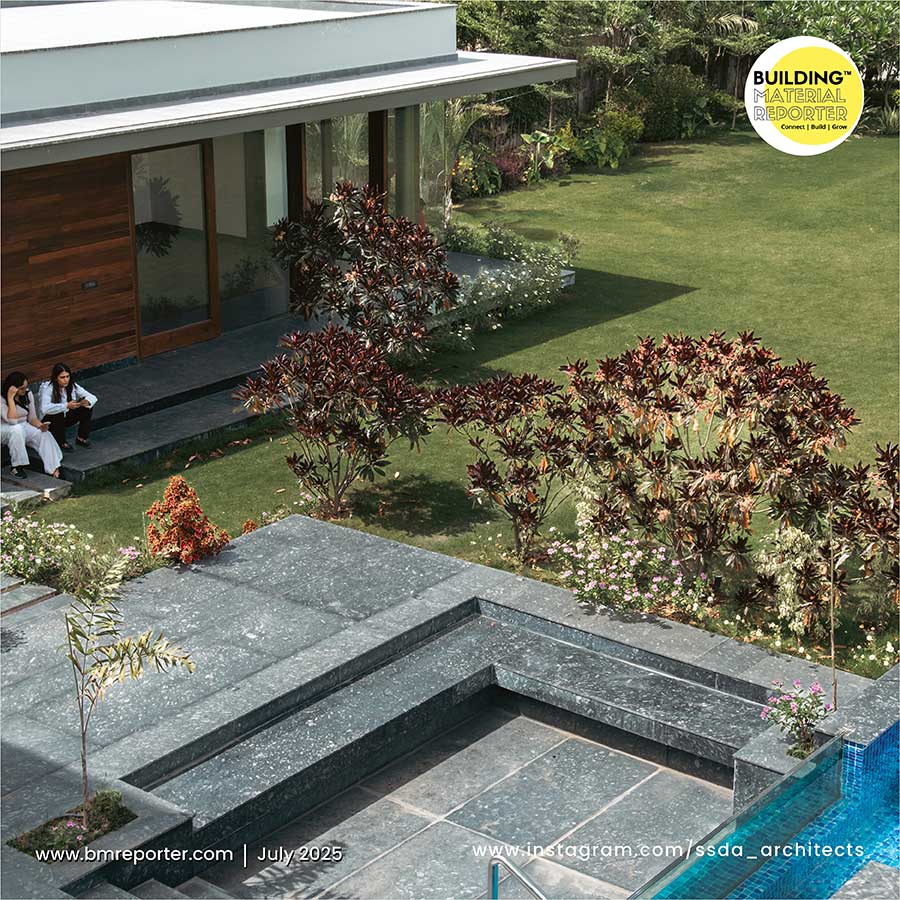Let’s Identify Indian Materials for Construction
- January 5, 2024
- By: Editorial Team
- INFLUENCERS
(3).jpg)
India is a land of miracles- be it any sector. the nation's identity is truly diversified. Post-independence, people whose backgrounds and cultures were diverse, started to wonder what India would stand for. In addition to the duty to restore India's identity, the nation-builders now had the opportunity to shape their own destiny. But what exactly was India's identity? Was it the ruins of British rule, the high palaces of the Mughal era, or the temples and huts of the native people? The pursuit of an Indian sensibility of the present day that would steer the nation's collective past in the direction of hope began.
The four pillars of traditional Indian architecture—context, climate, craft, and sustainability—formed models for new cities and constructions. Around the nation, a new architectural style that combined contemporary building techniques with regional technologies started to take shape. In order to uplift the spirit of the country, planners and architects started to convey this cultural identity. Here are a few examples of sustainable building materials used in modern day construction too.
Indian architecture used contemporary methods and regional materials to seek its own identity. The following materials, which are intricately entwined with climatic and cultural significance, are still used to construct modern Indian architecture.
(4).jpg)
Bamboo
India is home to numerous artisan communities skilled in bamboo construction and is the world's second-largest producer of bamboo. The nation's traditional building methods are as diverse as the regional climates and landscapes. Bamboo, well-known in India's Northeast, is being used in a number of experimental projects nationwide. Bamboo is a great material for green buildings and sustainable building construction. Compared to concrete, it is more than twice as strong.
Bamboo is an amazing sustainable material in building construction that can be used for both walls and roofing. Green bamboo buildings are known to be resilient and strong enough to withstand earthquakes and hurricanes. Despite its seemingly delicate appearance, bamboo has a tensile strength that is even higher than steel, according to scientific testing. Bamboo is a great material for green buildings, but it's important to consider its age and species.
(3).jpg)
Wood
Wood is a very popular material, whether it's any region in India. The material is local vernacular, as wood was used to build temples for both utilitarian and religious purposes. Wood fits in nicely with the climate of the northern regions. In other regions of the nation, its aesthetic qualities are its primary use.
Stone
A wide variety of stones, including limestone, slate, sandstone, granite, and marble, can be found in India. From ancient temples to contemporary luxury homes, the material has been used because it adds intriguing textures and patterns to a building's material palette. Stone that is readily available locally is less expensive and gives buildings a distinctive look specific to the area.
(2).jpg)
Lime
In India, the age-old method of applying lime plaster is making a comeback because of its aesthetic appeal and ability to breathe. Over generations, lime artisans have refined the environmentally friendly process, utilizing specific mixtures and instruments to prepare and apply the material on surfaces and it is very unique in sustainable building materials and construction.
(4).jpg)
Earth
India has seen a rise in the use of vernacular earth construction due to the global demand for sustainable architecture. Earth is being explored as a potential building material by a number of local architecture practices, who are producing compressed earth bricks, earth and straw, and rammed earth, among other products.
Only a small portion of the numerous sustainable materials used in Indian vernacular architecture are mentioned above. Every area has its own customs and aesthetics, utilizing locally produced and climate-appropriate materials. These distinctive architectural styles are the result of exploring various combinations of readily available materials in a given area. India is seeing a surge in the adoption of sustainable construction methods as it realizes how critical it is to lessen its environmental impact.
(1).jpg)
Using environmentally friendly construction materials is a key component of sustainable construction. These materials improve a building's overall energy efficiency and durability while also helping to preserve natural resources. In order to create a more sustainable and greener future, this article examines some of the best environmentally friendly building materials that India's construction sector has adopted.
Several green building strategies need to be implemented in order to move closer to a sustainable future. Among the crucial tactics that need to be supported is the use of green building materials. Green building materials not only contribute to a greener future but also offer a number of immediate benefits like lower maintenance, lower energy use, and better health.
Sustainable materials are in greater demand as our society grows more environmentally conscious. Everybody has been there. After purchasing a home that appears to be the ideal match for our needs both financially and lifestyle-wise, we discover after just two years that the roof needs to be replaced. or that the windows were installed incorrectly and we must replace them.








